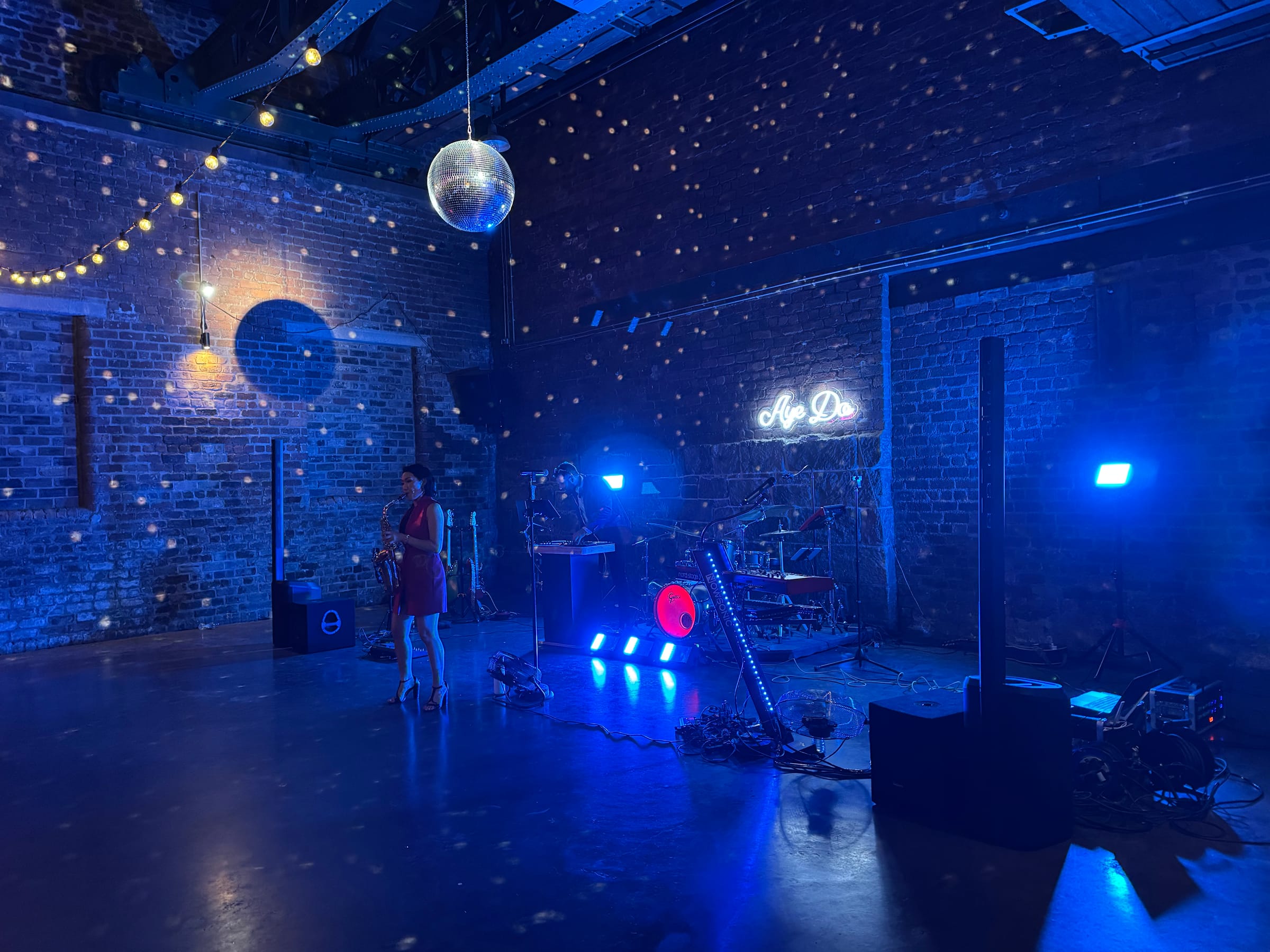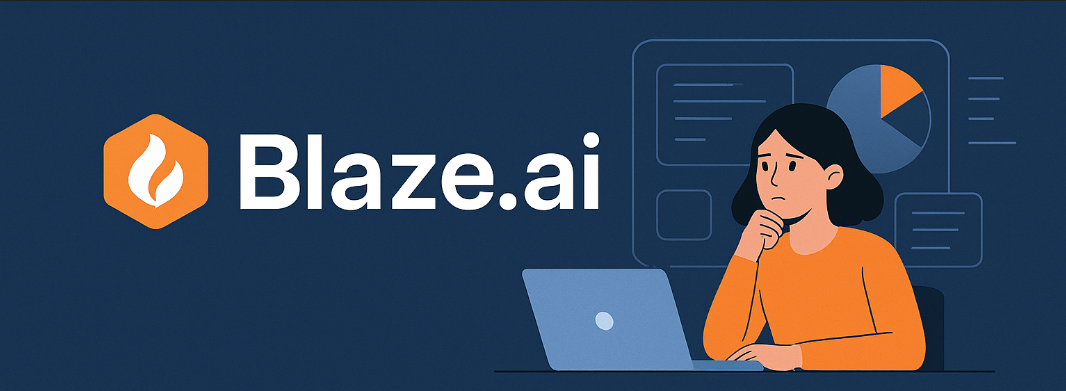Real-world review using the Bose L1 Pro16 in live wedding band setups for audiences of 100–250 people.
As a working wedding band playing venues from 100 to 250 guests, we’re always hunting for the holy grail: gear that’s powerful, great sounding, and ultra-portable. Enter the Bose L1 Pro16. We’ve been using a pair as our front-of-house (FOH) setup for a while now, and while they’re now firmly part of our rig, the journey to get the most out of them wasn’t entirely smooth.
🧰 Our Setup: No Backline, No Problem
We’re a four-piece wedding band playing everything from dance and EDM to disco, funk, and rock. We don’t use a traditional backline—no guitar or bass amps on stage. Instead, everything goes direct to our Behringer XR18 digital mixer, with L/R outputs feeding two Bose L1 Pro16s—one left, one right.
🤯 The First Few Gigs: Feedback and Frustration
[Insert image here]
Image idea: A gig setup photo where you’re visibly struggling with feedback or sound.
At first? Frustration central. I couldn’t get any volume. Feedback was a nightmare. The L1s were clipping at way too low levels, and I wasn’t impressed. Something wasn’t right.
After refusing to read the manual (of course 😅), I turned to the Bose L1 Pro Facebook community. I asked: “Why are these clipping so early?” The response was overwhelming.
🔌 The Game-Changer: Use the Right Input
[Insert diagram or screenshot here]
Image idea: Input panel of the L1 Pro16 with arrows highlighting inputs 1/2 vs input 3.
The L1 Pro16 has three inputs:
- Inputs 1 and 2: Combo XLR / ¼" jack (with mic preamps)
- Input 3: Dedicated ¼" TRS jack for line-level sources
Guess what? I was running my line-level signal into the mic preamps (Inputs 1 & 2). That’s why I was clipping early.
🔊 The Sound: Clear, Loud, and Surprisingly Full
[Insert gig action shot here]
Image idea: The full band mid-performance, showing the crowd, with the L1s visible FOH.
We’re loud. We play party bangers, and we love heavy bass—including hybrid drums and punchy low-end synths.
Now that we’re using the right input, the headroom and clarity are superb. The built-in subwoofer on each L1 handles most rooms beautifully. For bigger gigs or bass-heavy sets, we’ll sometimes add two 12” external subs, but I’m excited to try pushing the internal bass harder now that we’ve resolved the clipping issue.
✅ Final Verdict: Ideal for Mobile Bands
The L1 Pro16 hits a sweet spot:
- Portable: Each speaker fits in a boot and sets up in minutes
- Powerful: Easily fills 200–250 person rooms
- Polished sound: Great for live vocals, electronic instruments, and hybrid setups
- Low visual footprint: Sleek and venue-friendly
We’d still reach for our full-scale PA for outdoor gigs or shows bigger than 250 people, but for 99% of weddings and events, the L1s are perfect.
TL;DR Summary
- 🎛️ Use the right input: Always go into Input 3 (TRS) from your digital desk
- 🔊 Sound quality: Clear, full, with great mids and clean highs
- 💪 Bass: Solid, but you might want to add subs for EDM/funk-heavy sets
- 🚚 Portability: 10/10 — great for in-and-out gigs
- ✅ Recommendation: Absolutely worth it for bands, DJs, or acoustic acts
📦 Gear List
Here’s what we’re running for our typical wedding gig:
- Bose L1 Pro16 Portable Line Array System
- Behringer XR18 Digital Mixer
- Hybrid drum kit w/ triggers and SPD-SX
- In-ear monitors
- 2x optional 12” subs (for larger rooms or extra bass punch)
🙌 Final Thoughts
If you’re a wedding or function band looking for a compact, professional PA system that punches above its weight class, the Bose L1 Pro16 is a strong contender. Just don’t be like me—use the right input, and you’ll unlock their full potential.


